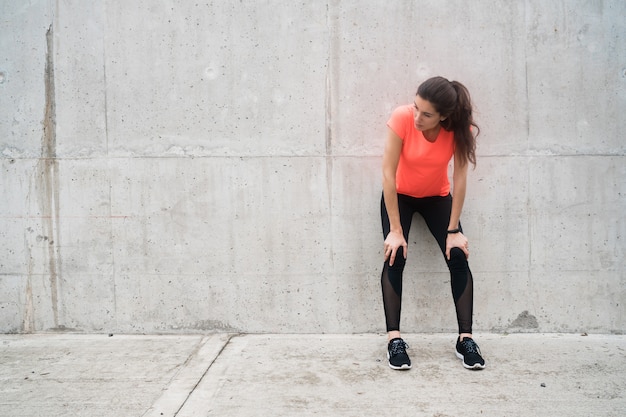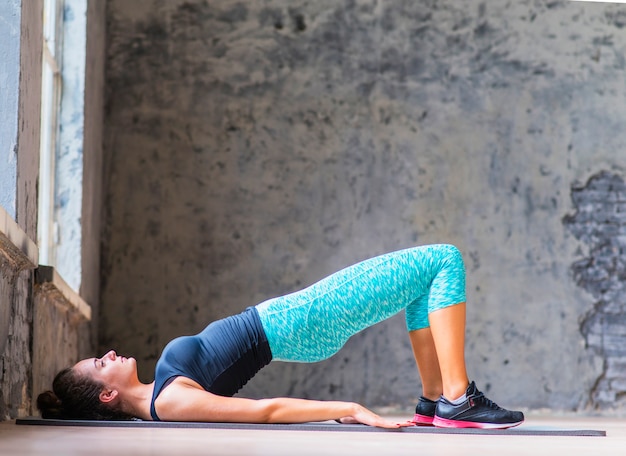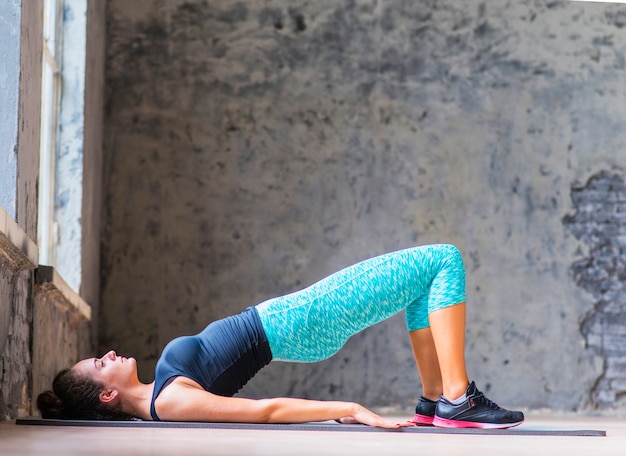Running is one of the most effective ways to stay fit, but it often comes with a hidden cost: poor posture. Hours of forward-leaning strides, tight hip flexors, and weak core muscles can lead to slouching, lower back pain, and reduced running efficiency. The good news? You don’t need a gym, equipment, or hours of time to correct it. This 15-minute, science-backed, no-equipment posture reset routine is designed specifically for runners—helping you stand taller, breathe deeper, and run stronger.
Proper posture isn’t just about looking confident—it directly impacts your running performance and injury risk. When your spine is aligned, your lungs have more room to expand, your stride becomes more efficient, and joint stress is minimized. Studies show that poor posture can increase energy expenditure during running by up to 10%, making every mile feel harder than it should.
Common postural issues among runners include rounded shoulders, anterior pelvic tilt, and forward head posture—often caused by prolonged sitting and muscular imbalances. The solution lies not in stretching alone, but in retraining your body through targeted, mindful movements.

Research supports short, frequent movement breaks to combat the effects of sedentary behavior and improve musculoskeletal health. A 2023 study published in the Journal of Sports Rehabilitation found that daily 10–15 minute mobility routines significantly improved thoracic extension and reduced lower back pain in endurance athletes.
Pilates-based exercises, in particular, have been shown to enhance postural control, core stability, and body awareness—all critical for runners. These movements emphasize controlled, low-impact activation of deep stabilizing muscles, making them ideal for recovery days or pre-run warm-ups.
Perform this routine daily—or at least 3–4 times per week—for best results. No equipment needed. Just a quiet space and a yoga mat (or carpeted floor).
Stand with your back against a wall, feet slightly forward. Press your head, shoulders, and hips into the wall. Raise arms to a goalpost position (elbows bent 90 degrees). Slowly slide arms up and down the wall, keeping contact points stable. This improves thoracic mobility and shoulder alignment.
On hands and knees, alternate between arching your back (cow) and rounding it (cat). Move slowly and synchronize with breath. This warms up the spine and increases segmental mobility.
From hands and knees, sit back onto your heels and extend arms forward. Walk hands side to side to open the upper back. Promotes relaxation and counters forward hunching.
Lie on your back, knees bent, feet flat. Lift hips by squeezing glutes and engaging core. Hold for 2 seconds at the top. Strengthens posterior chain and corrects anterior pelvic tilt.

Lie on your back, arms extended to the ceiling, knees bent 90 degrees. Slowly extend opposite arm and leg while keeping your lower back pressed to the floor. Builds core stability without strain.
Sit with one leg crossed over the other. Twist toward the bent knee, using your arm for gentle leverage. Improves spinal rotation and relieves tightness from repetitive motion.
Clasp hands behind your back, straighten arms, and lift slightly. Keep shoulders down and chest open. Counters rounded shoulders from running and desk work.
Stand with hands on hips. Gently tilt your pelvis forward and backward, learning neutral pelvic alignment. Essential for reducing lower back strain during runs.
This routine is perfect as a morning wake-up, post-run cooldown, or evening wind-down. Avoid intense versions before a hard run—stick to gentle mobility on race days.
Consistency is key. Even 15 minutes a day can rewire muscle memory and improve posture over time. Track progress by noting changes in breathing ease, reduced back discomfort, or improved running form.
Great posture isn’t something you achieve once—it’s a daily practice. For runners, it’s not just about injury prevention; it’s about unlocking your full potential. With this no-equipment, evidence-based 15-minute routine, you can reset your body, improve alignment, and run with greater efficiency—all without stepping into a gym.
Start today. Your spine—and your stride—will thank you.

Fitness

Fitness

Fitness

Fitness

Wellness

Wellness

Fitness

Fitness

Fitness

Fitness

Fitness

Fitness

Health

Fitness

Health

Health